Enric Sesa-Nogueras
Selection of entropy based features for the analysis of the Archimedes' spiral applied to essential tremor
Mar 18, 2022


Abstract:Biomedical systems are regulated by interacting mechanisms that operate across multiple spatial and temporal scales and produce biosignals with linear and non-linear information inside. In this sense entropy could provide a useful measure about disorder in the system, lack of information in time-series and/or irregularity of the signals. Essential tremor (ET) is the most common movement disorder, being 20 times more common than Parkinson's disease, and 50-70% of this disease cases are estimated to be genetic in origin. Archimedes spiral drawing is one of the most used standard tests for clinical diagnosis. This work, on selection of nonlinear biomarkers from drawings and handwriting, is part of a wide-ranging cross study for the diagnosis of essential tremor in BioDonostia Health Institute. Several entropy algorithms are used to generate nonlinear feayures. The automatic analysis system consists of several Machine Learning paradigms.
* 5 pages, published in 2015 4th International Work Conference on Bioinspired Intelligence ,IWOBI, 2015, pp. 157-162
Gender classification by means of online uppercase handwriting: A text-dependent allographic approach
Mar 18, 2022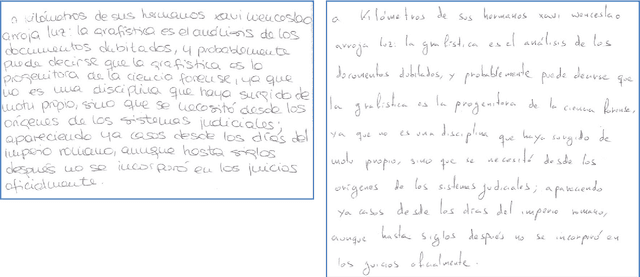
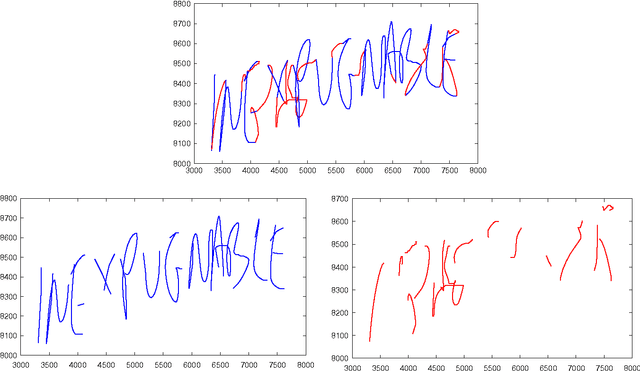
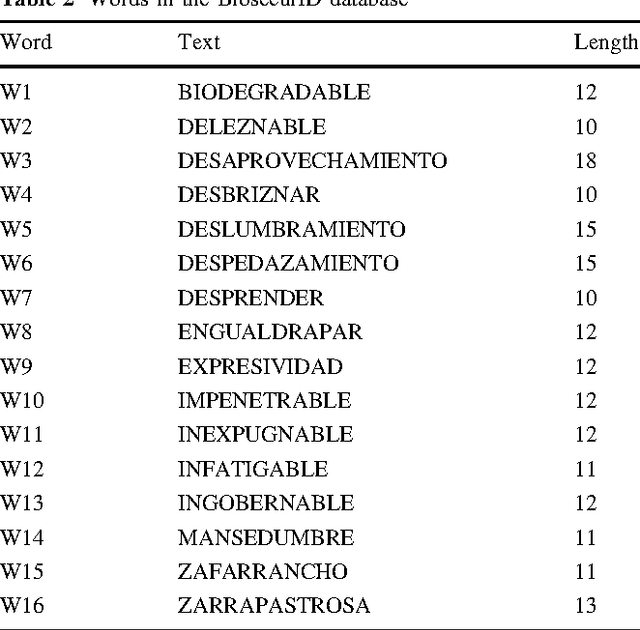
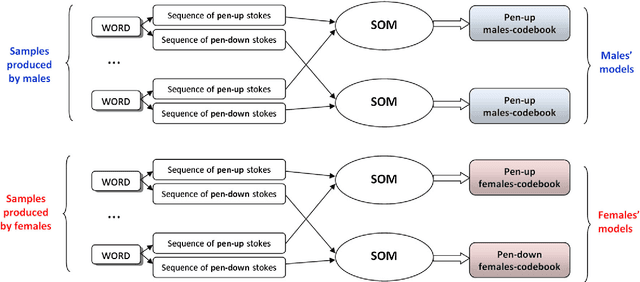
Abstract:This paper presents a gender classification schema based on online handwriting. Using samples acquired with a digital tablet that captures the dynamics of the writing, it classifies the writer as a male or a female. The method proposed is allographic, regarding strokes as the structural units of handwriting. Strokes performed while the writing device is not exerting any pressure on the writing surface, pen-up (in-air) strokes, are also taken into account. The method is also text-dependent meaning that training and testing is done with exactly the same text. Text-dependency allows classification be performed with very small amounts of text. Experimentation, performed with samples from the BiosecurID database, yields results that fall in the range of the classification averages expected from human judges. With only four repetitions of a single uppercase word, the average rate of well classified writers is 68%; with sixteen words, the rate rises to an average 72.6%. Statistical analysis reveals that the aforementioned rates are highly significant. In order to explore the classification potential of the pen-up strokes, these are also considered. Although in this case results are not conclusive, an outstanding average of 74% of well classified writers is obtained when information from pen-up strokes is combined with information from pen-down ones.
* 25 pages, published in Cogn Comput 8, pages 15 to 29, year 2016
Preliminary experiments on automatic gender recognition based on online capital letters
Mar 11, 2022
Abstract:In this paper we present some experiments to automatically classify online handwritten text based on capital letters. Although handwritten text is not as discriminative as face or voice, we still found some chance for gender classification based on handwritten text. Accuracies are up to 74%, even in the most challenging case of capital letters.
* 9 pages
A multimodal approach for Parkinson disease analysis
Mar 10, 2022



Abstract:Parkinson's disease (PD) is the second most frequent neurodegenerative disease with prevalence among general population reaching 0.1-1 %, and an annual incidence between 1.3-2.0/10000 inhabitants. The mean age at diagnosis of PD is 55 and most patients are between 50 and 80 years old. The most obvious symptoms are movement-related; these include tremor, rigidity, slowness of movement and walking difficulties. Frequently these are the symptoms that lead to the PD diagnoses. Later, thinking and behavioral problems may arise, and other symptoms include cognitive impairment and sensory, sleep and emotional problems. In this paper we will present an ongoing project that will evaluate if voice and handwriting analysis can be reliable predictors/indicators of swallowing and balance impairments in PD. An important advantage of voice and handwritten analysis is its low intrusiveness and easy implementation in clinical practice. Thus, if a significant correlation between these simple analyses and the gold standard video-fluoroscopic analysis will imply simpler and less stressing diagnostic test for the patients as well as the use of cheaper analysis systems.
* 10 pages
Speaker Identification Experiments Under Gender De-Identification
Mar 09, 2022



Abstract:The present work is based on the COST Action IC1206 for De-identification in multimedia content. It was performed to test four algorithms of voice modifications on a speech gender recognizer to find the degree of modification of pitch when the speech recognizer have the probability of success equal to the probability of failure. The purpose of this analysis is to assess the intensity of the speech tone modification, the quality, the reversibility and not-reversibility of the changes made. Keywords DeIdentification; Speech Algorithms
* 5 pages
A Preliminary Study on Aging Examining Online Handwriting
Mar 08, 2022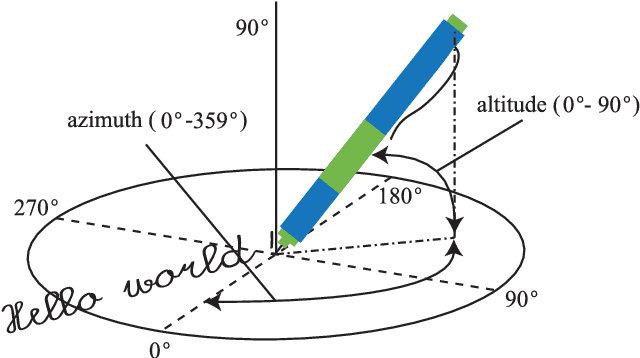
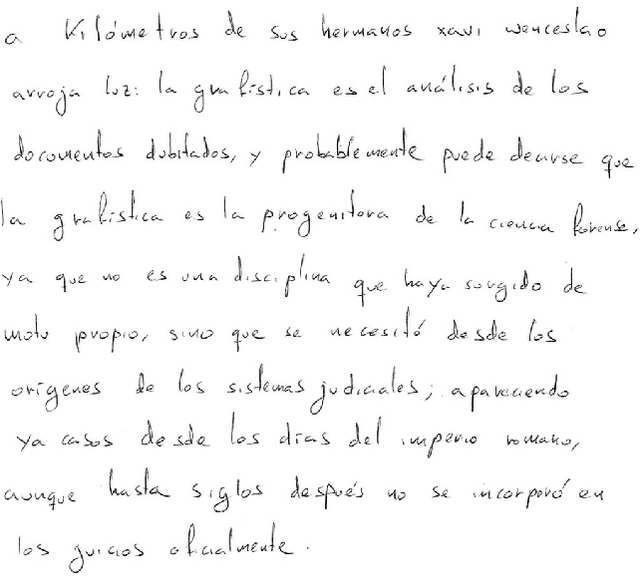
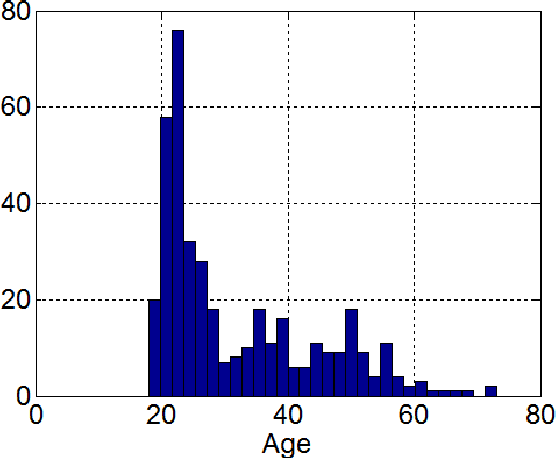
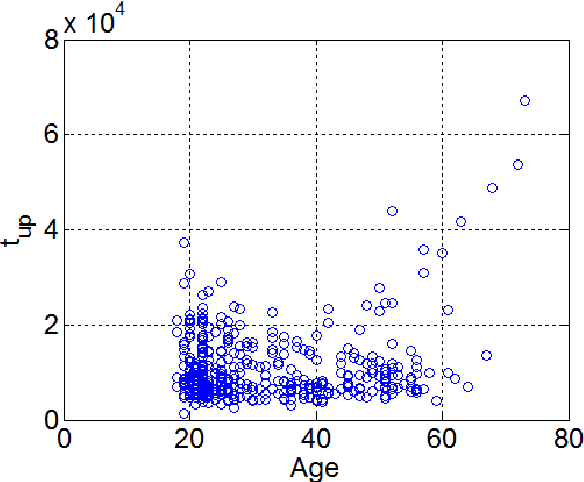
Abstract:In order to develop infocommunications devices so that the capabilities of the human brain may interact with the capabilities of any artificially cognitive system a deeper knowledge of aging is necessary. Especially if society does not want to exclude elder people and wants to develop automatic systems able to help and improve the quality of life of this group of population, healthy individuals as well as those with cognitive decline or other pathologies. This paper tries to establish the variations in handwriting tasks with the goal to obtain a better knowledge about aging. We present the correlation results between several parameters extracted from online handwriting and the age of the writers. It is based on BIOSECURID database, which consists of 400 people that provided several biometric traits, including online handwriting. The main idea is to identify those parameters that are more stable and those more age dependent. One challenging topic for disease diagnose is the differentiation between healthy and pathological aging. For this purpose, it is necessary to be aware of handwriting parameters that are, in general, not affected by aging and those who experiment changes, increase or decrease their values, because of it. This paper contributes to this research line analyzing a selected set of online handwriting parameters provided by a healthy group of population aged from 18 to 70 years. Preliminary results show that these parameters are not affected by aging and therefore, changes in their values can only be attributed to motor or cognitive disorders.
* 4 pages
The effect of fatigue on the performance of online writer recognition
Feb 24, 2022



Abstract:Background: The performance of biometric modalities based on things done by the subject, like signature and text-based recognition, may be affected by the subject state. Fatigue is one of the conditions that can significantly affect the outcome of handwriting tasks. Recent research has already shown that physical fatigue produces measurable differences in some features extracted from common writing and drawing tasks. It is important to establish to which extent physical fatigue contributes to the intra-person variability observed in these biometric modalities and also to know whether the performance of recognition methods is affected by fatigue. Goal: In this paper we assess the impact of fatigue on intra-user variability and on the performance of signature-based and text-based writer recognition approaches encompassing both identification and verification. Methods: Several signature and text recognition methods are considered and applied to samples gathered after different levels of induced fatigue, measured by metabolic and mechanical assessment and, also by subjective perception. The recognition methods are Dynamic Time Warping and Multi Section Vector Quantization, for signatures, and Allographic Text-Dependent Recognition for text in capital letters. For each fatigue level, the identification and verification performance of these methods is measured. Results: Signature shows no statistically significant intra-user impact, but text does. On the other hand, performance of signature-based recognition approaches is negatively impacted by fatigue whereas the impact is not noticeable in text-based recognition, provided long enough sequences are considered.
 Add to Chrome
Add to Chrome Add to Firefox
Add to Firefox Add to Edge
Add to Edge